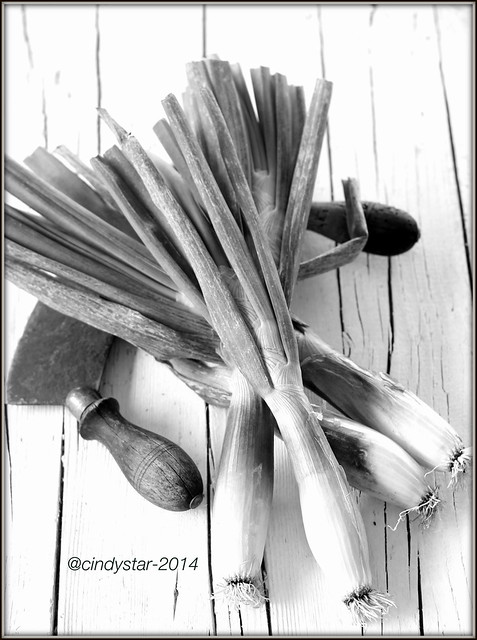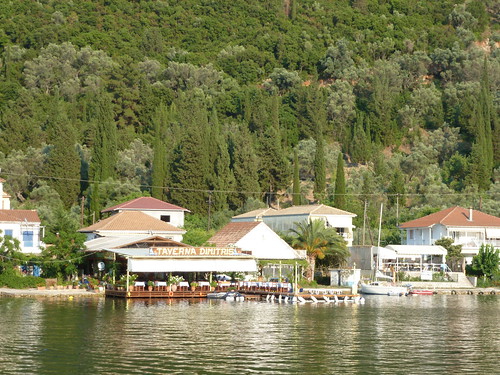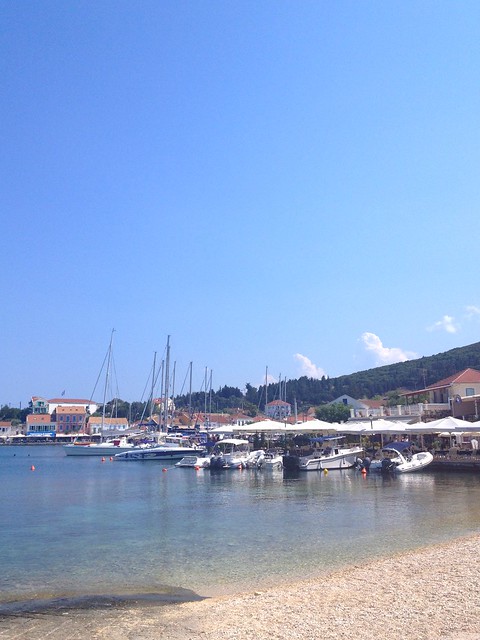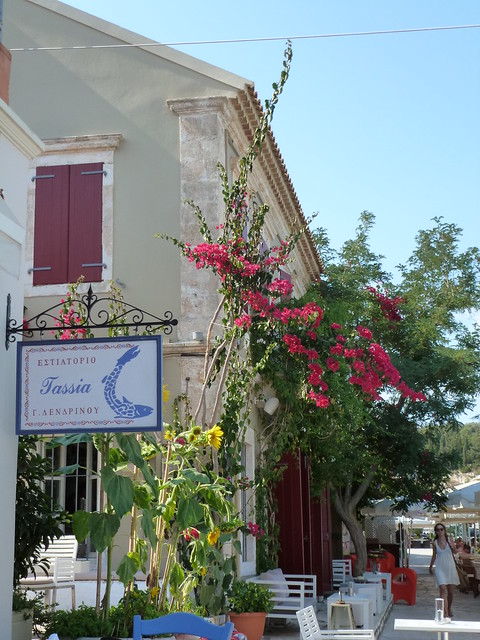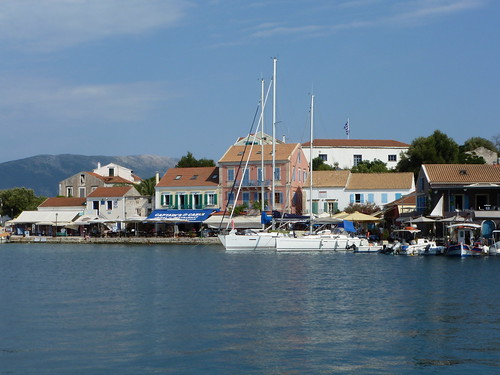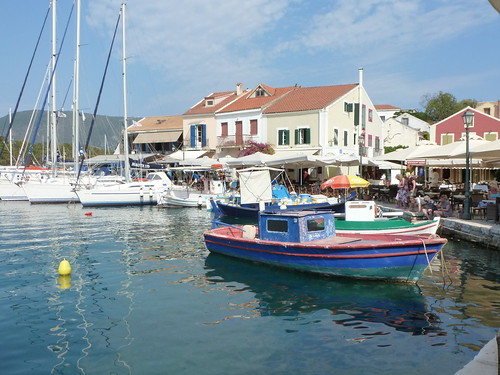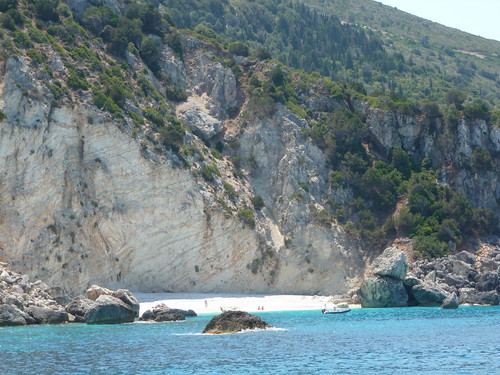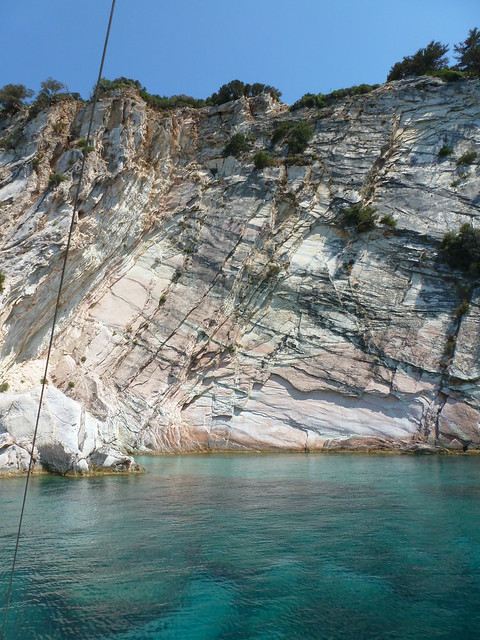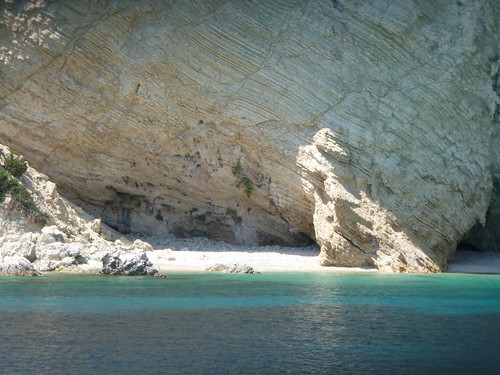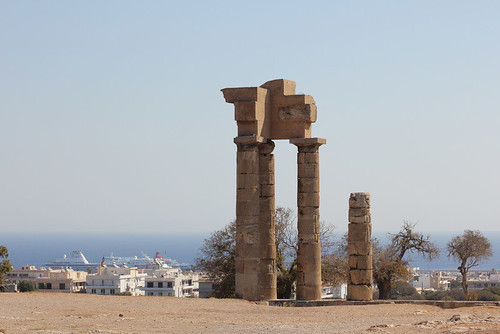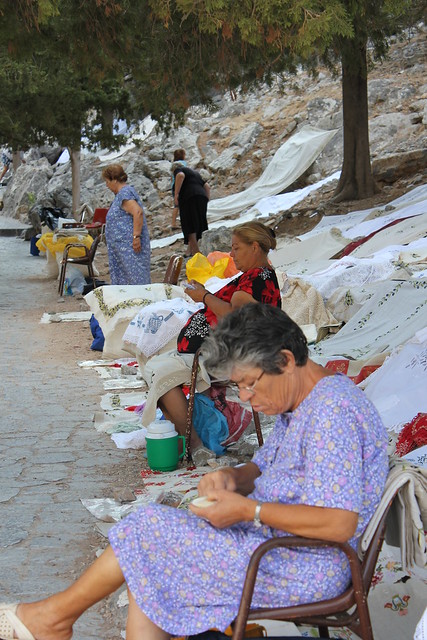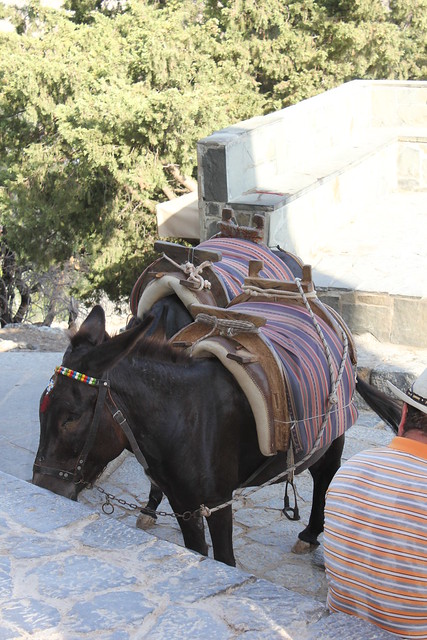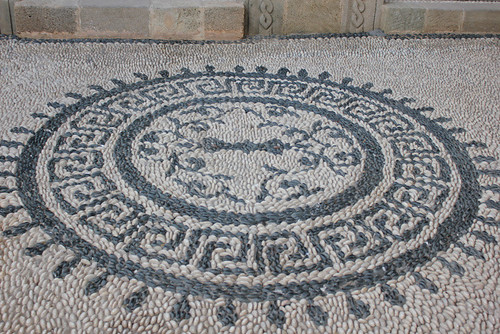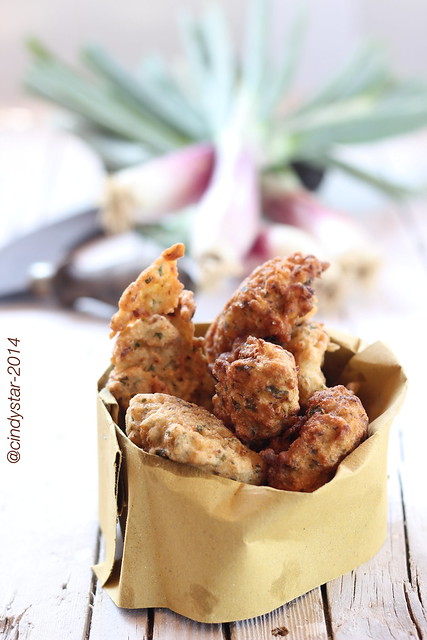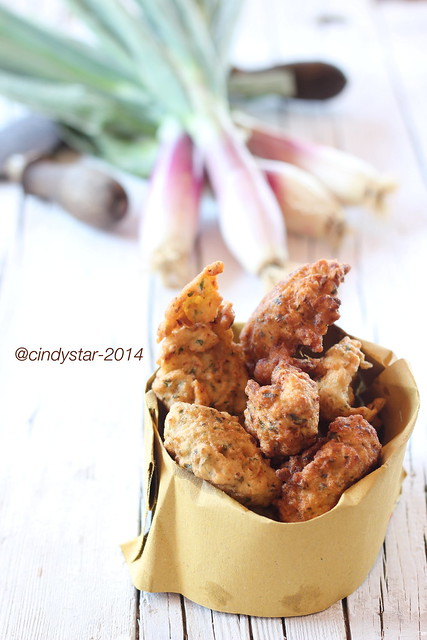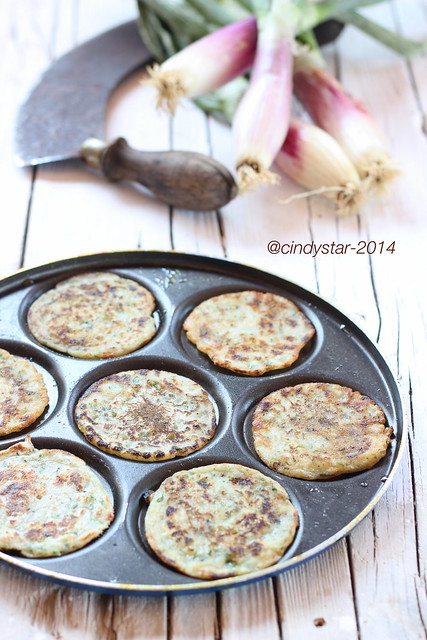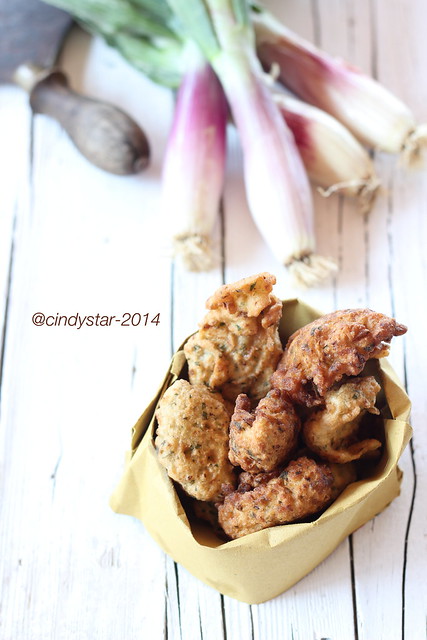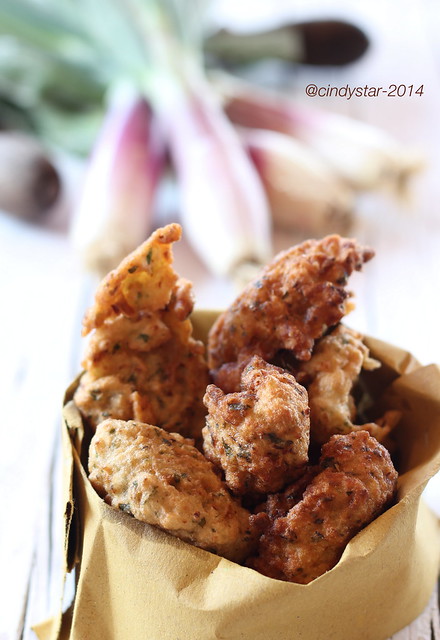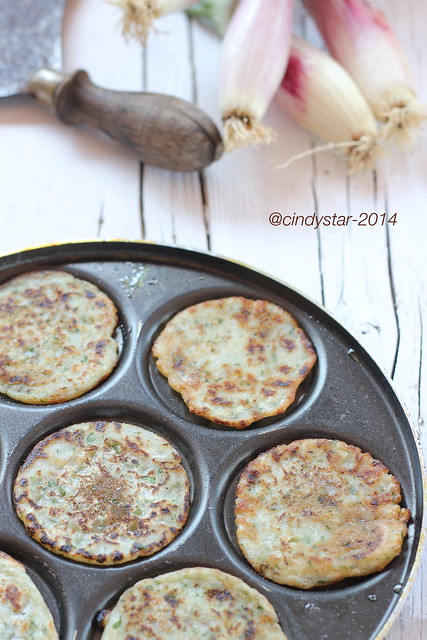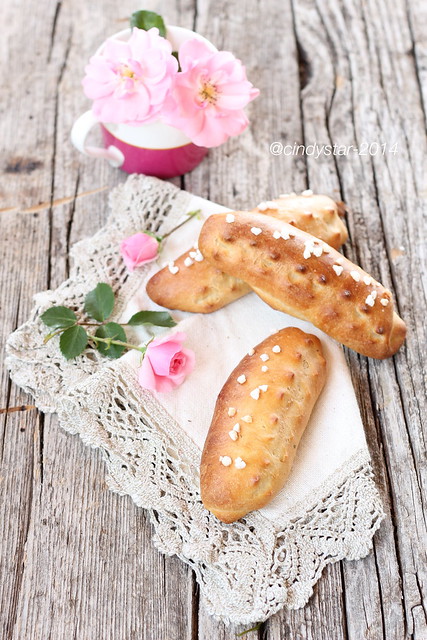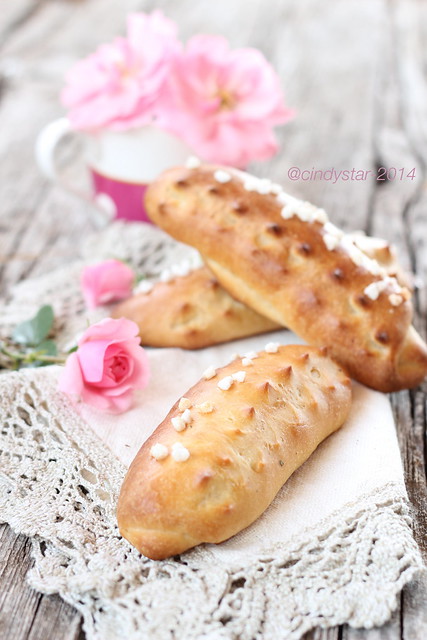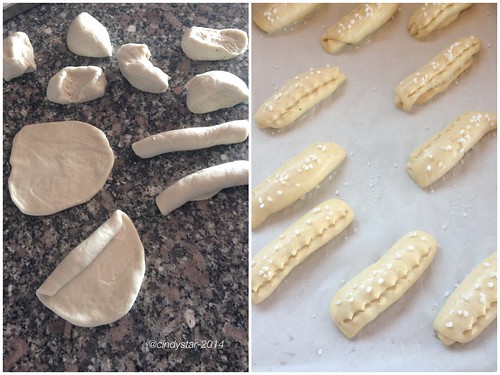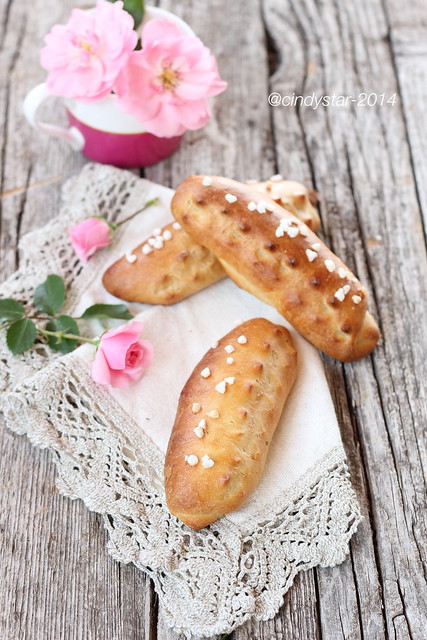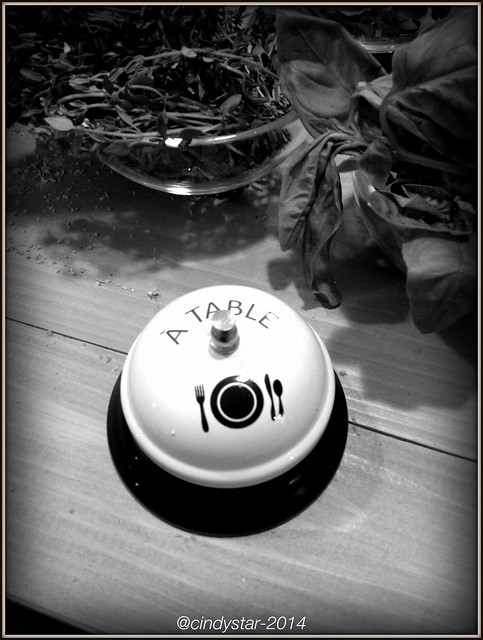la ricetta in italiano
qui
Last day in
Greece with the
Culinary ABC of the European Community.
We are having a very lovely time, enjoying beautiful, sunny and quite warm days that make me feel and breath holiday time to the sea, to crystal clear waters, Mediterranean scents and breathtaking scenery. All things that Greece and its billion islands offer to visitors who choose this country as their holiday destination.
And why not? You can enjoy secret corners and unforgettable views, just relaxating or having pure fun, getting intoxicated by nature scents and gorgeous delicacies offered in the local taverns.
tavern Dimitris - Nidri, Lefkada
Last summer I spent a week
sailing along the coast of the Ionian islands on a gulet: we embarked in Fiskardo, at the extreme north of Kefalonia island, a characteristic fishing village, not far from Ithaca, with very pretty colored cottages, a sort of Greek St. Tropez, full of attractive little restaurants and lovely shops (photos
here).
We sailed to Lefkada, Ithaca, Skorpios (the legendary refuge of tycoon Onassis), Meganissi. I can not say what place I liked more, every rock and every little beach has its own charm, and the blue of the sea is tinged with the most delicate or most intense nuances following the sunlight (photos
here).
Plus for the most intellectual, Greece also offers centuries of history to admire through its ancient monuments that know very well how to excite the viewer.
Temple of Apollo - Rhodes town
I had the opportunity to visit the Acropolis of Lindos in Rhodes a few years ago, end of September, out of the rowdy Summer crowd, early in the morning, when the little town still was sleeping still and silence was the emperor, as to consecrate to the gods those stones so skillfully arranged and adorned ... where once again , unfortunately, you can find the
unpleasant and
negative presence negative of modern men.
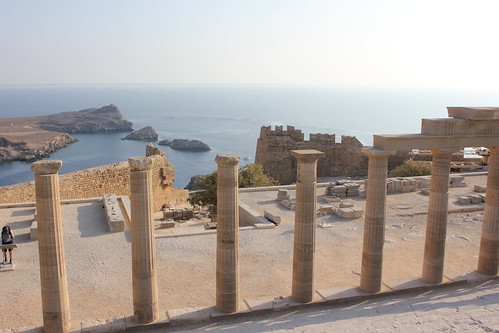
The acropolis of Lindos rises above the modern town and it's a natural citadel which was fortified successively by the Greeks, the Romans, the Byzantines, the Knights of St John and the Ottomans. This makes the site difficult to excavate and interpret archaeologically. The acropolis offers spectacular views of the surrounding harbours and coastline.
On the acropolis of Lindos today parts of the following buildings may still be seen:
- The Doric Temple of Athena Lindia, dating from about 300 BC, built on the site of an earlier temple. Inside the temple is the table of offerings and the base of the cult statue of Athena.
- The Propylaea of the Sanctuary, also dating from the 4th century BC. A monumental staircase leads to a D-shaped stoa and a wall with five door openings.
- The Hellenistic stoa with lateral projecting wings, dating from about 200 BC. The stoa was 87 metres long and consisted of 42 columns.
- The well-known relief of a Rhodian trireme (warship) cut into the rock at the foot of the steps leading to the acropolis. On the bow stood a statue of General Hagesander, the work of the sculptor Pythokritos. The relief dates from about 180 BC.
- The Hellenistic staircase (2nd century BC) leading to the main archaeological area of the acropolis.
- Remains of a Roman temple, possibly dedicated to the Emperor Diocletian and dating from about 300 AD.
- The Acropolis is surrounded by a Hellenistic wall contemporary with the Propylaea and the stairway leading to the entrance to the site. A Roman inscription says that the wall and square towers were repaired at the expense of P Aelius Hagetor, the priest of Athena in the 2nd century AD.
- The Castle of the Knights of St John, built some time before 1317 on the foundations of older Byzantine fortifications. The walls and towers follow the natural conformation of the cliff. A pentagonal tower on the south side commanded the harbour, the settlement and the road from the south of the island. There was a large round tower on the east facing the sea and two more, one round and the other on a corner, on the northeast side of the enceinte. Today one of the towers at the southwest corner and one to the west survive.
- The Greek Orthodox Church of St John, dating from the 13th or 14th century and built on the ruins of a previous church, which may have been built as early as the 6th century.
Some scenes of the well-known film, The Guns of Navarone, were filmed here (from wikipedia).
On my way back, along the staircase to the Acropolis, I met some local women setting their
laces and
embroidered tablecloths on the edge of the road, while the donkeys and their masters were waiting to give a lift to the lazy tourists.
Choklakia mosaics are made with small sea pebbles, usually black and white, sometimes red. They can be found in all the islands of the Dodecanese. The tradition of mosaic dates back to the Byzantine era and the patterns include both abstract geometric shapes than folk decorations.
They cover the
terraces of interior gardens,
steps and
thresholds of the houses (more photos
here). They are not just decorative, but wet with water, they help to freshen the surrounding temperature.
Choklakia a Lindos - Rodi
Kremidotiganites
Simple and fast, these onion fritters will be a delicious appetizer or an unusual side dish, or else be part of a gorgeous fritto misto.
You need:
400 g of onions
(for me red Tropea)
300 g all-purpose flour
a glass/one and a half water
chopped fresh mint
salt/pepper
peanut oil for frying
Peel onions and chop finely, you can use a blender (also Thermomix).
Add flour, chopped mint, salt and pepper and water enough to have a very thick batter.
Pour a spoonful of batter at a time in hot oil, turning the pancakes to brown them on both sides.
Drain on paper towels and serve.
You can use a blinis pan (sligtly greased) for a more delicate fritter, a sort of onion pancake, but you will have to make the batter more liquid.
This recipe is my personal entry to WHB #434
both for English and Italian edition.
Thanks again to
Haalo who manages greatfully all events,
to
Bri for Italian edition.
Thanks again to
Kalyn for her successfull idea!



